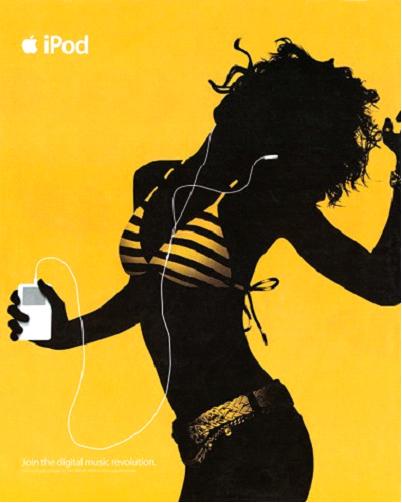『史蒂夫·乔布斯的真正才华在于他的设计,他用出色、整洁,友好的产品外观重塑了我们的世界。』
Design Different
设计与众不同
Oct 10th 2011 | from Newsweek

When it came to design, Steve Jobs lived Apple’s “Think Different” mantra. Many major corporations use design to benefit their bottom lines, but Apple’s entire ethos was design. And it was hardwired in Jobs. Even when he was heading NeXT, the educational-computer company he founded, product and graphic design drove his strategy. He went so far as to get special dispensation from IBM to commission the NeXT logo from Paul Rand, designer of the IBM, ABC, and Westinghouse logos. When Jobs returned to Apple, he took its design to new levels, profoundly influencing the look of 21st-century computer technology.
Apple products became designers’ best friends, forever altering the practice of everything from graphic design to architecture by placing production power in the hands of creators. Jobs realized that creative people were not simply his primary customers, they were the willing propagandists of the brand. He so keenly understood his end users, and treated them with respect, that they went forth and exponentially multiplied.
Jobs integrated a range of designers into all aspects of the company—from hard- to software, from product to package, from corporate identity to advertising. He found roles for graphic, industrial, interior, and user-experience designers. But not as stylists. Jobs never slavishly reacted to the market’s fickle whims or wants; he accepted that his role was to educate people to the potential of personal technology and enhance their appreciation of design. He used design to alter behavior and consequently altered his users’ behavior through innovative design.
Unlike many other tech companies, design was the engine in Jobs’s world. Designers were not injected as foreign organisms into the middle or end of the conceptual and engineering process, after the engineers and marketers did the meaningful work. Rather, designers were involved at the outset as equal creative partners. Form did not follow function; it was an integral part of the functional calculus. Jonathan Ive, Apple’s visionary product designer, didn’t just make boxes in which circuit boards and chips were tucked out of sight. He designed machines that were gateways to satisfying, and often ecstatic, user experiences.
Jobs was an equal-opportunity design patron. He never distinguished, as many brand conglomerates do, between high and low design for high-end and low-end markets. One brand fit all. Apple did not hide a discount sub-brand behind tasteless graphics—although fair discounts offered to educators and some professions were routinely available. Every customer got the same logo, package, and product. Design was not used to mask shoddy goods or inflate prices. Jobs’s sense of quality was legend. He instilled his designers with extra pride. Likewise it was expected that every Apple customer would experience pride of ownership. From the boxes in which adapters and earbuds were sold to the look of the apps that are now so ubiquitous, the end user expected the best, the clearest, the cleanest.
And what about those Apple stores? Part museum, part retail mall—with great shopping bags, too.
Rarely has design been so valued by a corporate CEO, and rarely is design’s value so inextricably tied to the reputation of a corporation. Jobs was a holistic designer—everything, everywhere, was designed well. And that is the essence of thinking different.
热门推荐:
考研网校哪个好
新东方考研培训班
考研培训班
考研培训机构哪个好
考研英语网络课程
文都考研网校
北京考研培训班

